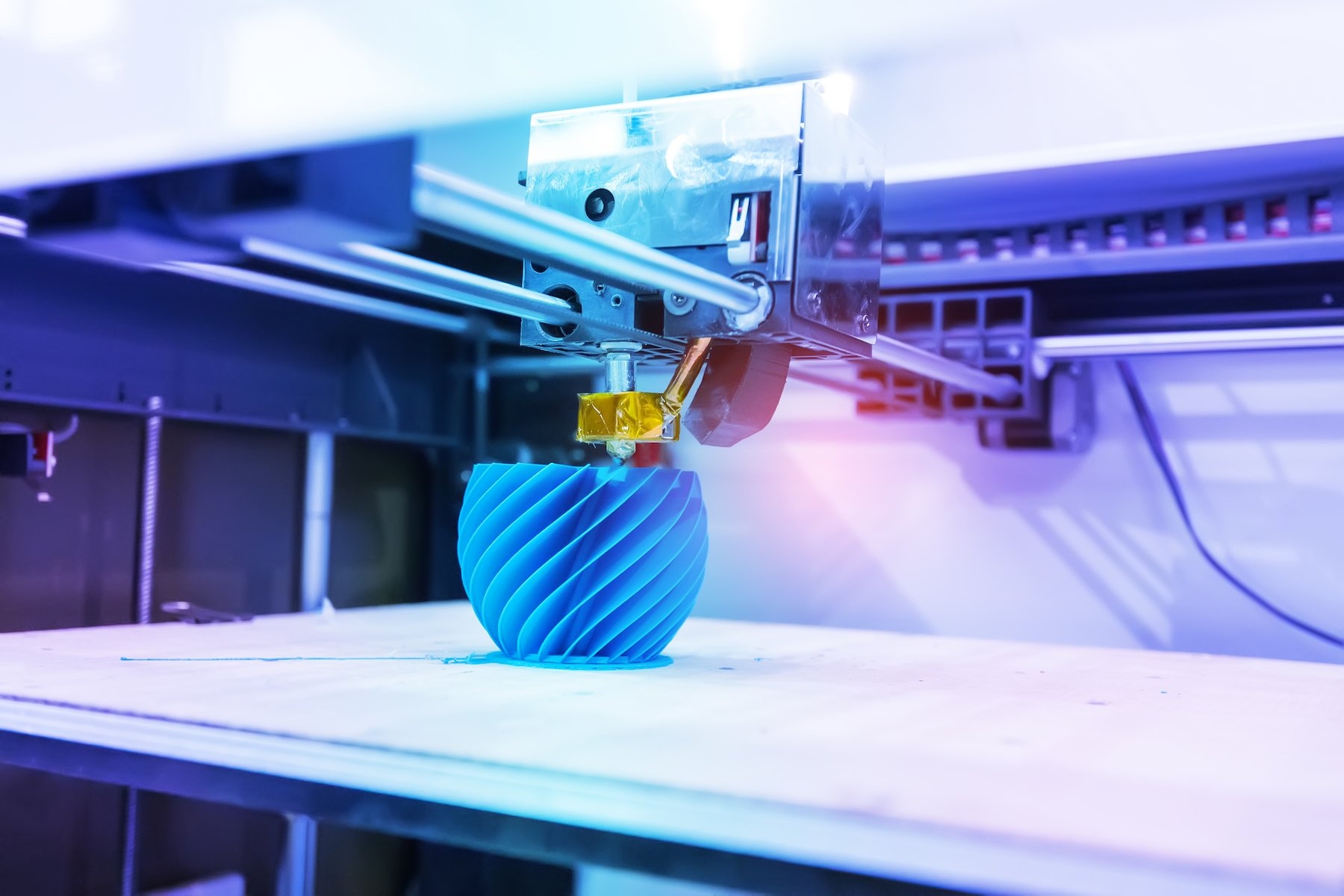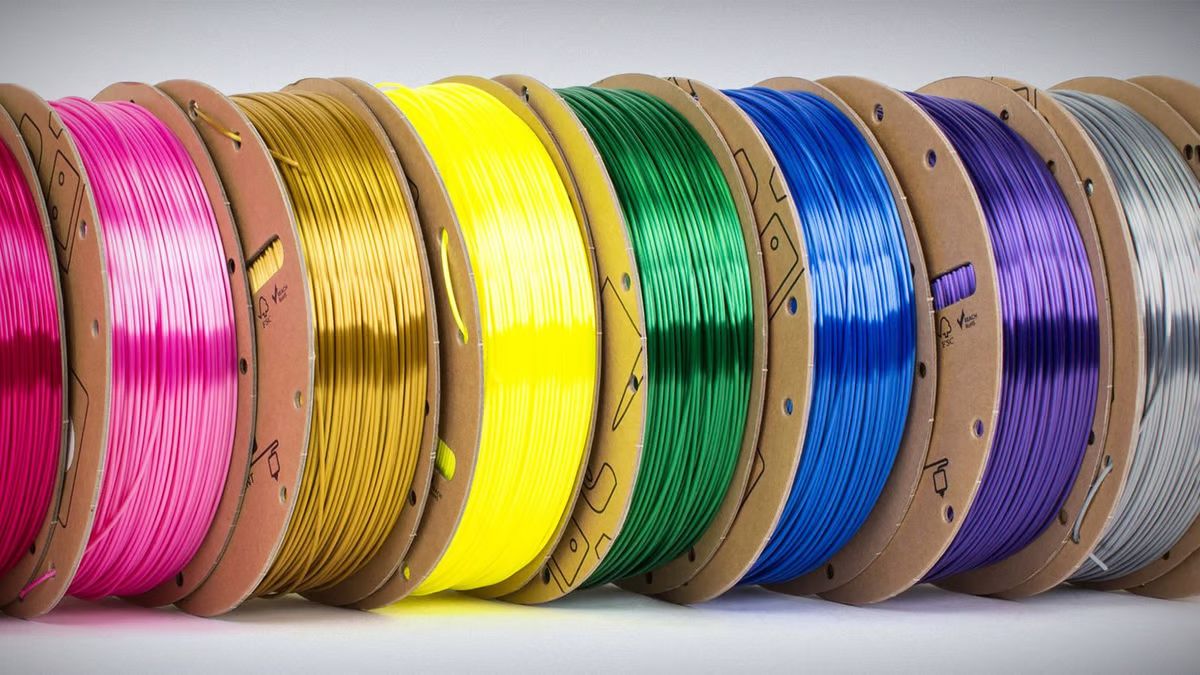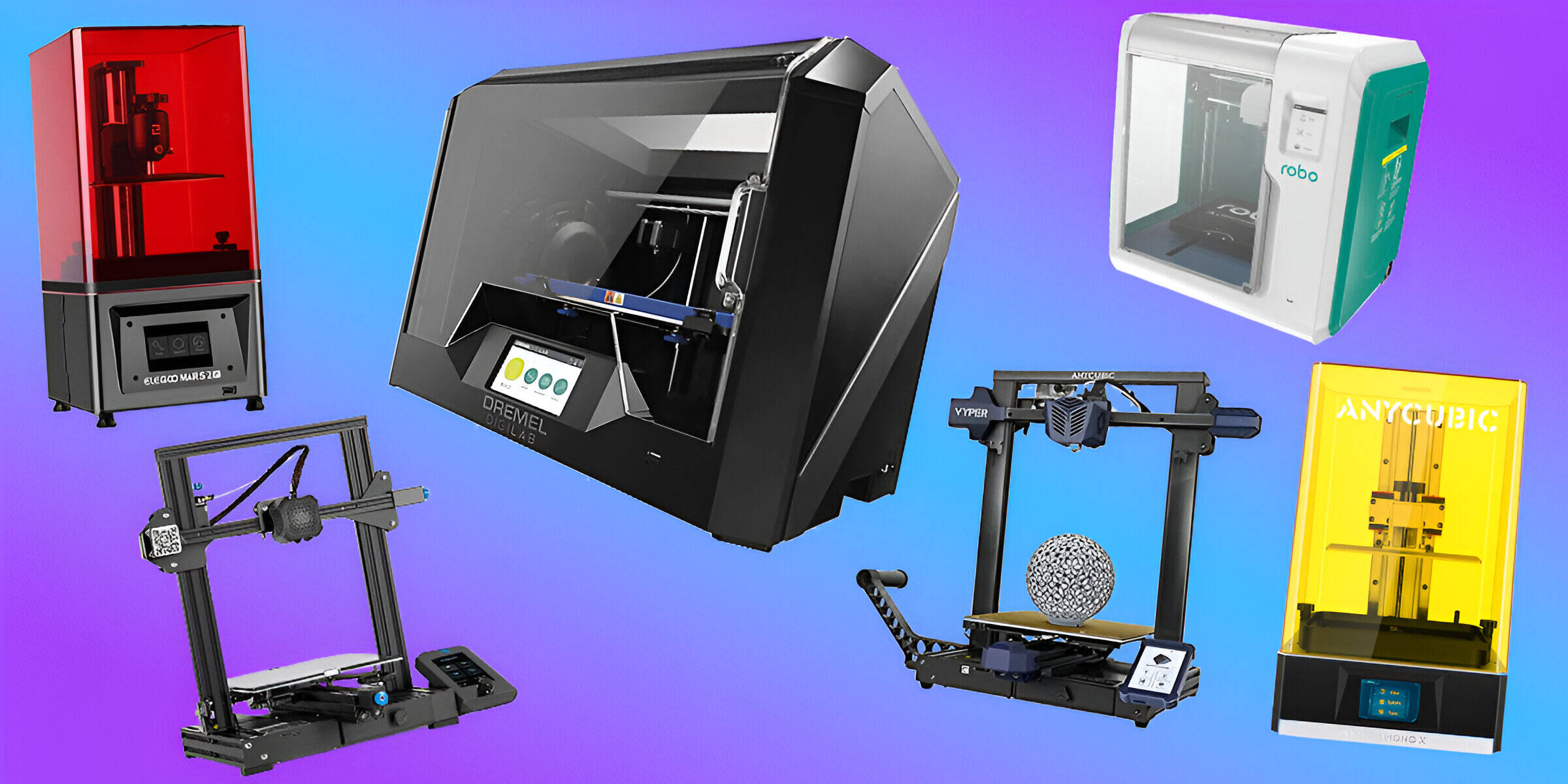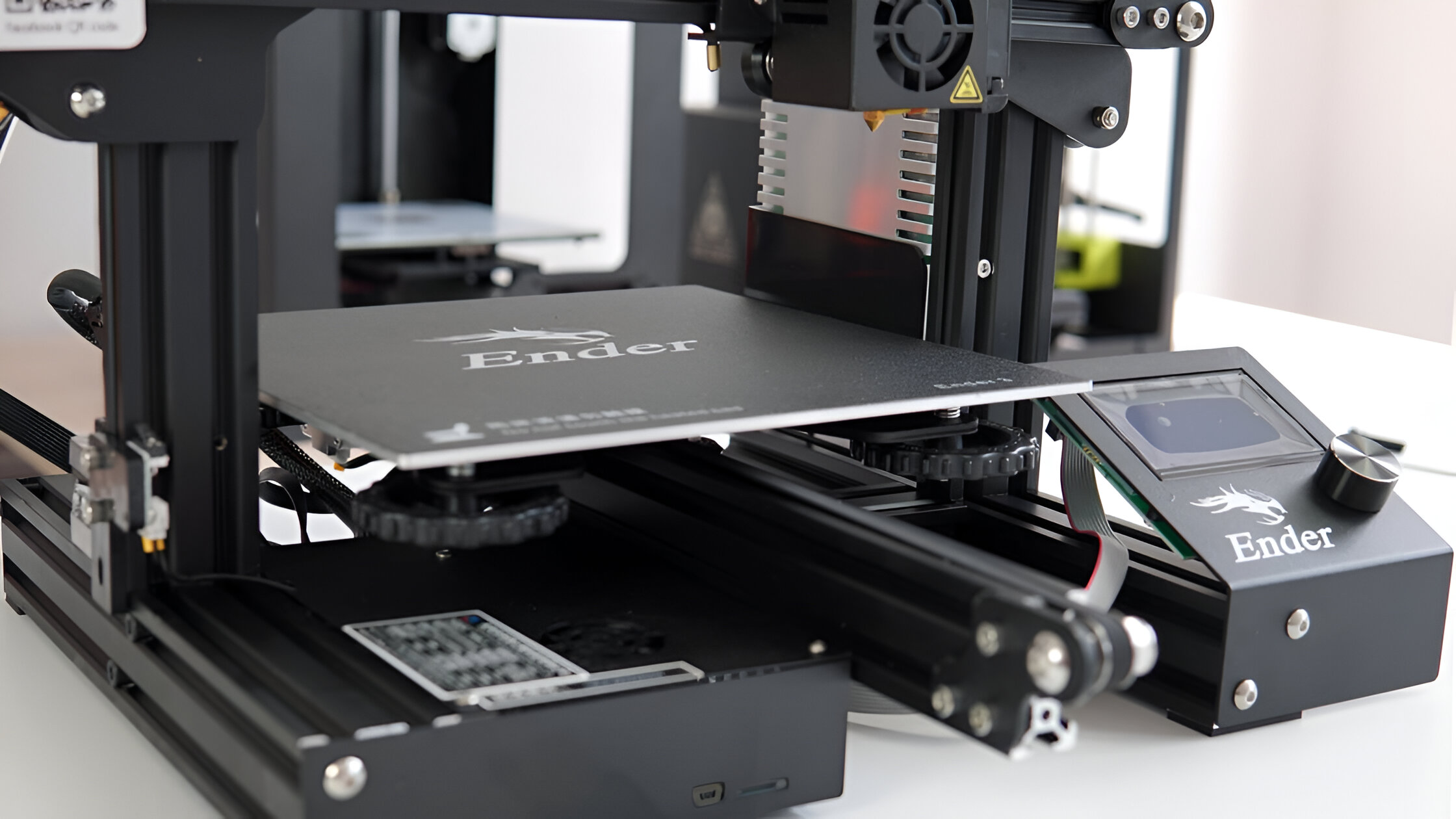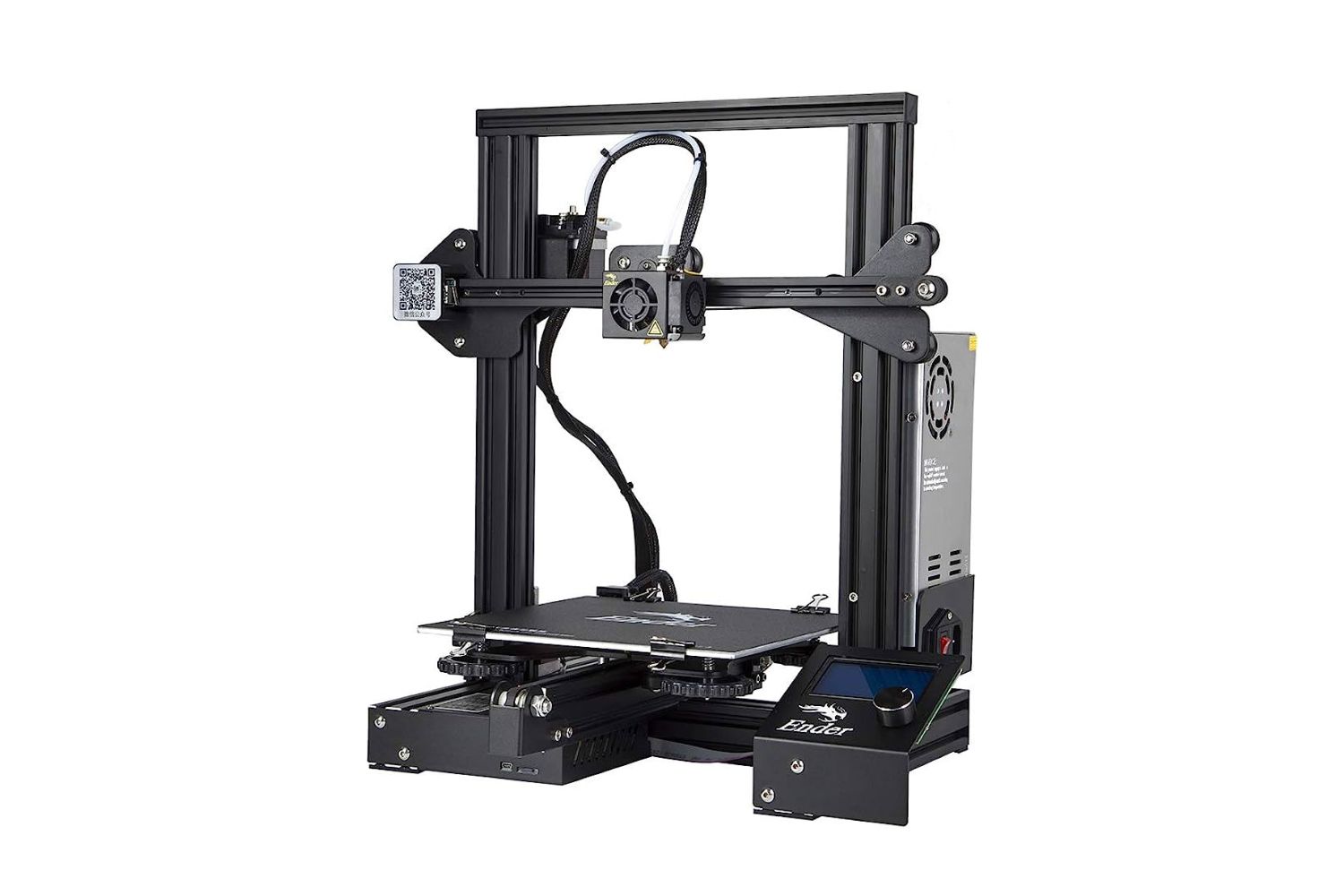Introduction
3D printing, also known as additive manufacturing, has been hailed as a revolutionary technology that has the potential to transform multiple industries. It allows for the creation of three-dimensional objects by layering materials on top of each other, based on a digital design. While 3D printing offers numerous benefits and innovative possibilities, it is important to explore the drawbacks and negative consequences associated with this technology.
This article aims to shed light on why 3D printing can be considered “bad” from various perspectives. It is essential to examine the environmental impact, health concerns, intellectual property issues, quality and durability challenges, ethical dilemmas, and economic disruption associated with this technology. By understanding these drawbacks, we can have a more comprehensive view of 3D printing and make informed decisions regarding its usage and implementation.
It is crucial to note that this article does not intend to undermine the potential advantages and positive aspects of 3D printing. Rather, it seeks to provide a balanced perspective by discussing the potential downsides and encouraging a critical analysis of this technology.
Now, let us delve into the various reasons why 3D printing can be considered “bad” when evaluating its impact on the environment.
Environmental Impact
While 3D printing offers the promise of more efficient and sustainable manufacturing, it is not without its environmental drawbacks. One of the primary concerns lies in the materials used in the process. Many 3D printers utilize plastic filaments derived from fossil fuels, contributing to the carbon footprint and exacerbating the issue of plastic pollution. Additionally, the production of these filaments requires energy-intensive processes, further adding to the environmental impact.
Furthermore, 3D printing often leads to overconsumption of materials. Traditional manufacturing processes typically involve large-scale production, which allows for economies of scale and efficient use of raw materials. In contrast, 3D printing often requires the creation of multiple prototypes and iterations before achieving the desired final product, resulting in increased material waste.
In terms of energy consumption, 3D printers can be power-hungry devices. Depending on the size and complexity of the objects being printed, the energy requirements can vary significantly. This increased energy consumption leads to a higher carbon footprint, contributing to climate change and environmental degradation.
Another environmental concern is the disposal of 3D printed objects and waste materials. As 3D printing technology evolves, there is a growing need to address the proper handling and disposal of printed objects at the end of their lifecycle. With the proliferation of 3D printed products, there is a risk of these items ending up in landfills or improperly disposed of, potentially adding to the existing waste management challenges.
While efforts are underway to develop more sustainable materials for 3D printing, such as biodegradable plastics and recyclable filaments, these alternatives are not yet widely available or cost-effective. Until sustainable materials become the norm, the environmental impact of 3D printing remains a cause for concern.
Considering these environmental drawbacks, it is vital to explore ways to mitigate the negative impact of 3D printing. This includes promoting the use of eco-friendly materials, optimizing the printing process to minimize material waste, and investing in renewable energy sources to power the printers.
In the next section, we will delve into the health concerns associated with 3D printing technology, highlighting potential risks to human well-being.
Health Concerns
While 3D printing offers numerous opportunities for innovation and customization, it is essential to consider the potential health risks associated with this technology. One of the main concerns is the emissions released during the printing process. These emissions can include volatile organic compounds (VOCs) and nanoparticles, which have been linked to respiratory issues and other health problems.
Depending on the material being used in the printing process, certain filaments can release harmful fumes and particles when heated. This is particularly true for materials like ABS (acrylonitrile butadiene styrene) and PLA (polylactic acid). It is crucial to have proper ventilation and filtration systems in place to minimize exposure to these hazardous substances.
In addition to the emissions, there is also a concern regarding the handling and disposal of printed objects. Some 3D printed objects may contain residual chemicals or toxins used in the printing process, which can pose risks if they come into contact with the skin or if they are disposed of improperly. Proper precautions should be taken, including wearing protective gloves and following recommended disposal guidelines.
Furthermore, certain 3D printing technologies involve the use of UV light for curing or hardening the printed objects. Prolonged exposure to UV light can have adverse effects on the skin and eyes, increasing the risk of burns and long-term damage. It is crucial for individuals working with UV-curable resins to use appropriate protective equipment, such as gloves and goggles, and to adhere to safety protocols.
While the health risks associated with 3D printing are not yet fully understood, it is essential to prioritize safety measures and to conduct further research to better understand and mitigate any potential hazards. This includes establishing safety guidelines and standards for 3D printing workspaces, providing adequate training and education for operators, and promoting the use of safe materials.
In the following section, we will explore the intellectual property issues surrounding 3D printing, highlighting concerns related to copyright infringement and piracy.
Intellectual Property Issues
The rise of 3D printing technology has sparked numerous debates and concerns regarding intellectual property rights. With the ability to recreate physical objects from digital designs, 3D printing has opened a Pandora’s box of potential copyright infringement and piracy issues.
One of the primary concerns is the unauthorized reproduction of patented products. If individuals or businesses can easily replicate patented designs using 3D printing, it undermines the rights of the original creators and can lead to significant financial losses. This poses a challenge for industries heavily reliant on patents, such as automotive, aerospace, and healthcare, where the value lies in exclusive rights to unique designs and inventions.
Another issue is the ease with which copyrighted objects can be reproduced. Objects that are protected by copyright, such as artistic sculptures or design prototypes, can be replicated using 3D printing technology, potentially leading to mass production without the consent of the copyright holder. This not only infringes upon the rights of the creators but also devalues their work and undermines the market for genuine products.
The challenge of enforcing intellectual property rights in the realm of 3D printing is further compounded by the decentralized nature of the technology. With 3D printers becoming more affordable and widely accessible, it becomes increasingly difficult to monitor and control the unauthorized reproduction of objects. Digital files of copyrighted designs can be shared online, making it challenging to track and prevent their illegal use.
To address these intellectual property concerns, certain measures have been proposed and implemented. These include the development of digital rights management (DRM) systems specifically designed for 3D printing, which aim to control access to and usage of digital designs. Additionally, there have been calls for stricter regulation and legislation to protect intellectual property rights in the realm of 3D printing.
However, finding the right balance between protecting intellectual property and promoting innovation and creativity remains a complex challenge. It requires a multi-faceted approach that involves cooperation between governments, industries, and the 3D printing community to establish ethical guidelines and ensure the fair and legal use of this technology.
In the subsequent section, we will examine the quality and durability concerns associated with 3D printed objects.
Quality and Durability
While 3D printing has made significant advancements in recent years, there are still challenges when it comes to the quality and durability of printed objects. Compared to traditional manufacturing methods, 3D printing can result in objects that may be prone to structural weaknesses and lower overall quality.
One of the primary factors affecting the quality of 3D printed objects is the layer-by-layer printing process. Since objects are built layer upon layer, there may be visible layer lines or inconsistencies in the surface finish, especially in objects with complex geometries. These imperfections can impact both aesthetic appeal and functional performance.
Additionally, the materials used in 3D printing can vary greatly in terms of strength, flexibility, and durability. While advancements have been made in developing high-quality printing materials, not all materials are suitable for producing robust and long-lasting objects. This can be a significant concern for applications that require high levels of structural integrity, such as critical components in industries like aerospace and automotive.
Moreover, post-processing and finishing techniques are often required to improve the overall quality and durability of 3D printed objects. These additional steps, such as sanding, painting, and sealing, can add time and cost to the production process, making it less efficient and potentially negating the perceived benefits of 3D printing.
Another aspect to consider is the lack of established industry standards for 3D printing. Traditional manufacturing methods have well-defined specifications and quality control processes in place, ensuring consistent and reliable results. In contrast, the 3D printing industry is still evolving, and there is a lack of universally accepted standards for evaluating the quality and durability of printed objects.
To address these concerns, ongoing research and development efforts are focused on improving the quality and durability of 3D printed objects. This includes advancements in printing technologies, material formulations, and post-processing techniques. Additionally, the establishment of industry standards and certifications specific to 3D printing can help ensure the reliability and consistency of printed products.
In the next section, we will delve into the ethical dilemmas associated with 3D printing technology, examining considerations related to intellectual property, privacy, and safety.
Ethical Dilemmas
As the field of 3D printing continues to advance, it raises numerous ethical dilemmas that society must grapple with. These dilemmas encompass concerns related to intellectual property, privacy, and safety, among others.
One of the significant ethical concerns surrounding 3D printing is the potential for copyright infringement and intellectual property theft. With the ability to replicate objects using digital designs, there is an increased risk of unauthorized reproduction of patented or copyrighted products. This raises questions about the fair and legal use of 3D printing technology and the protection of the rights of original creators and innovators.
Privacy is another area of ethical concern. 3D printing has the potential to enable the creation of personal items, such as customized prosthetics or medical devices. However, this also brings forth privacy concerns related to the collection, storage, and usage of personal data and biometric information. It is crucial to ensure that adequate safeguards are in place to protect individuals’ privacy rights and prevent any misuse of personal information.
Additionally, safety is a significant ethical consideration when it comes to 3D printing. The manufacturing of objects using 3D printing technologies must adhere to strict safety standards to prevent harm to users or end consumers. For example, in the healthcare industry, the production of medical devices or implants must meet stringent safety and regulatory requirements to ensure patient well-being. Ethical considerations need to be made to balance the potential benefits of custom-made products with the assurance of safety and efficacy.
There is also a broader ethical question about the potential societal impact of 3D printing. As this technology continues to evolve and become more accessible, it has the potential to disrupt traditional manufacturing industries and result in job losses. This raises concerns about the ethical responsibility to support and retrain workers affected by this technological shift.
Furthermore, 3D printing raises dilemmas related to resource allocation and sustainability. While the technology provides opportunities for localized production and reduced waste, it also raises questions about the responsible use of resources. Ensuring a balance between meeting individual needs and protecting the environment requires thoughtful consideration and ethical decision-making.
To navigate these ethical dilemmas, it is imperative to foster discussions and collaboration among various stakeholders, including industry experts, policymakers, ethicists, and the general public. By engaging in dialogue and taking an ethical approach to the development and use of 3D printing technology, we can strive to maximize the benefits while minimizing the potential negative consequences.
In the subsequent section, we will explore the economic disruption caused by 3D printing and its implications for industries and job markets.
Economic Disruption
3D printing has the potential to significantly disrupt traditional manufacturing industries and reshape global economies. While it offers numerous benefits and opportunities, it also poses challenges and uncertainties in terms of job displacement, market disruptions, and economic inequalities.
One of the primary concerns is the potential loss of jobs in industries heavily reliant on traditional manufacturing processes. As 3D printing enables localized production and customization, it may lead to a reduction in the need for large-scale manufacturing facilities and the workforce associated with them. This shift could result in job losses and a need for retraining and reskilling of workers to adapt to the changing job market.
Moreover, the democratizing nature of 3D printing allows for smaller-scale production by individuals or small businesses. This can disrupt established supply chains and distribution networks, challenging large corporations’ dominance in the market. While this can create opportunities for innovation and entrepreneurship, it may also lead to economic inequalities if certain industries or regions are left behind.
Additionally, the accessibility and affordability of 3D printing can impact global trade patterns. With the ability to produce certain goods locally, the reliance on international imports may decrease, particularly for standardized and easily reproducible products. This may have both positive and negative implications for countries and economies heavily dependent on exports.
Furthermore, the disruption caused by 3D printing extends beyond manufacturing industries. Intellectual property rights, as previously discussed, can be compromised, impacting the revenue streams and profitability of companies that heavily rely on patents and copyrights for their products. This can create challenges for innovation and investment in research and development.
Despite the potential disruptions, 3D printing also brings new economic opportunities. The technology allows for faster prototyping and product development, enabling businesses to bring products to market more quickly and efficiently. Customization and personalization possibilities open avenues for niche markets and the creation of unique products that cater to specific consumer needs.
Additionally, the reduction in material waste and energy consumption associated with 3D printing can lead to cost savings and increased sustainability. This can drive businesses to adopt more environmentally-friendly practices and reduce their overall production costs.
In navigating the economic disruptions caused by 3D printing, it is crucial for governments, industries, and workers to adapt and embrace the changing landscape. Policies promoting education and training in 3D printing technologies, fostering entrepreneurship, and facilitating the transition for affected industries can help mitigate the potential negative effects and harness the positive economic potential of this technology.
In the concluding section, we will summarize the key points discussed in this article regarding the drawbacks and considerations surrounding 3D printing.
Conclusion
As we have explored throughout this article, while 3D printing offers numerous benefits and opportunities, it also comes with its fair share of drawbacks and considerations. From the environmental impact and health concerns associated with the materials and emissions to the intellectual property issues and quality and durability challenges, 3D printing presents a complex landscape that requires careful examination.
Ethical dilemmas, such as those related to intellectual property, privacy, safety, and resource allocation, must be addressed to ensure responsible and fair use of this technology. Additionally, economic disruptions and market shifts caused by 3D printing pose challenges for industries, job markets, and global trade patterns, requiring adaptation and support for affected stakeholders.
However, it is essential to approach these drawbacks and considerations in a balanced manner. 3D printing has undeniable potential to revolutionize multiple industries, including healthcare, aerospace, and manufacturing. It allows for greater customization, faster prototyping, and reduced material waste, offering opportunities for innovation, efficiency, and sustainability.
In moving forward, it is crucial for stakeholders, including governments, industries, and individuals, to engage in ongoing dialogue, research, and collaboration. This includes investing in research and development to address the environmental impact and health concerns, establishing regulations and standards to safeguard intellectual property and privacy, and supporting workforce adaptation and economic inclusion to mitigate the potential disruptions.
By considering the drawbacks and embracing the potential of 3D printing, we can harness its transformative power while minimizing the negative consequences. With a responsible and holistic approach, we can navigate the evolving landscape of 3D printing and fully realize its benefits while addressing its drawbacks.
In conclusion, 3D printing presents a paradigm shift in manufacturing and offers immense possibilities for progress, but it is crucial to understand and address its challenges to ensure a sustainable and ethical integration into our society.







